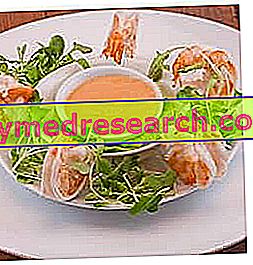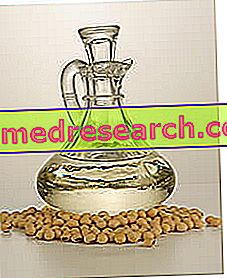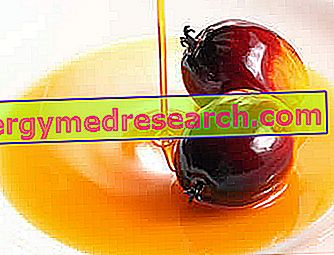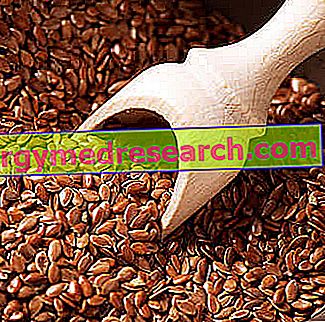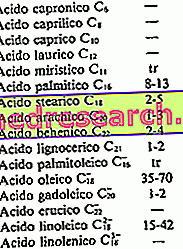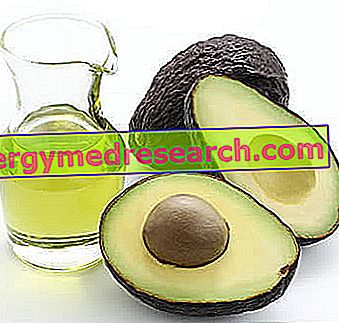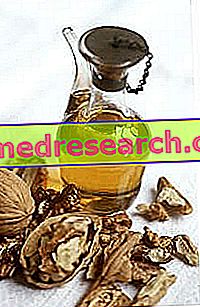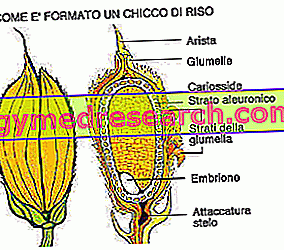What is that The pink sauce or cocktail sauce is a cold seasoning to combine with various dishes; the most common pairings are those with fish, molluscs, crustaceans, certain fried foods and sandwiches of various kinds (especially those stuffed with cooked ham, shoulder, roast turkey or chicken, roast - veal beef, frankfurters etc
Category oils and fats
What is rapeseed oil? Rapeseed oil is extracted from the seeds of the homonymous plant (botanical name Brassica napus oleifera ), which contain it in concentrations varying from 35 to 50%. Rapeseed oil is a product used in many areas and with good commercial value; however, in the food sector it has been the subject of numerous controversies due to the concentration of erucic acid
From Seeds to Soy Oil Soybean oil is extracted from the seeds of the homonymous plant , which contain it in an amount equal to 15-25% of the dry weight, in relation to the variety considered, the cultivation techniques and the seasonal variability. The production process of soybean oil is divided into various phases
Generality What is palm oil? Palm oil is a seasoning fat of vegetable origin, which can be extracted from the fruit of: African oil palms (botanical name Elaeis guineensis ) South American oil palm trees (botanical name Elaeis oleifera ) Palms maripa (botanical name Attalea maripa ). Most palm oil is derived from the species E
Grapeseeds are small seeds contained in grape berries ( Vitis vinifera ). Each grape contains from one to four pips, in turn custodians of considerable quantities of oil (15-16%). By-product of the wine industry, grapeseed oil is appreciated both in the cosmetic and dietary - food sectors. Its main nutritional characteristic is linked to the high content of linoleic acid, an essential fatty acid founder of the omega-six series
Nutritional properties Linen ( Linum usitatissimum ) is an annual herbaceous plant that grows spontaneously, but can also be cultivated, as the Egyptians, Jews and Phoenicians had already learned to make precious textile fibers for. The fruits contain small brownish-colored seeds, rich in mucilage (3-6%), which give them a laxative action (like all fibers stimulate intestinal motility), provided they are taken with an adequate fluid intake
Vegetable oils are obtained by squeezing or by extraction with solvents from the fruits or seeds of many plants. The main source of vegetable oils is represented by oil seeds. However, among the vegetable oils there are also some derived exclusively or mainly from the fruit pulp; this is the case of palm oil and olive oil
Introduction The uses of avocado oil are many and varied. This product, in fact, has numerous properties that make it useful both in the nutritional and in the cosmetic field. The interesting properties ascribed to the oil in question are due to its rich composition and, in particular, to the acidic component which makes it similar in many respects to olive oil
What it is and how it is produced Walnut oil is a food product obtained by pressing the kernels enclosed in the fruit of the same name; given the high cost compared to commonly used seed oils, in Italy the production process of walnut oil is mostly relegated to small artisan businesses, typically confined to mountain areas
Corn oil extraction See also: corn oil in cosmetics Corn oil is extracted from the germ contained in the caryopses of the homonymous plant ( Zea mays ), that is from that species of particle that is at the apex of the grain of corn. The yield is not very high, reaching only 15-20%, but given the great use of this cereal for the extraction of starch, it is in any case convenient to recover the germ and then extract and market its oil
Production From Beans to Rice Oil The rice oil is extracted from the germ and from the films that externally wrap the rice grain (called glume and glumelle or in the whole chaff or husk). The rice oil is then produced starting from the residues of the hull, from which the brown rice is obtained by removing the husk and the bleaching, by which the embryo and the outer parts of the grain are removed (pericarp, sperm and aleuronic layer)

